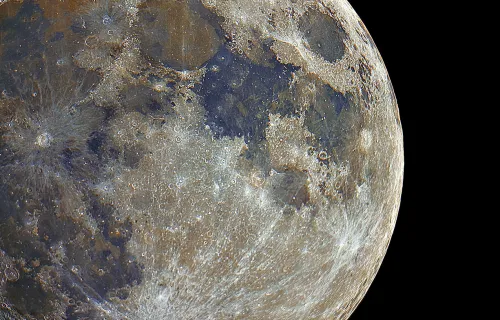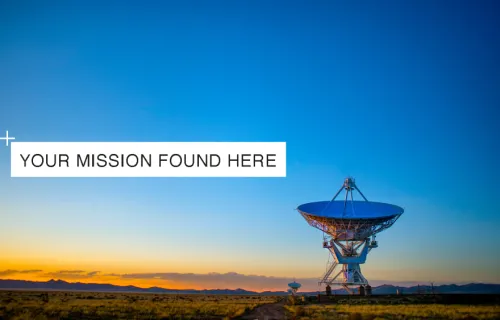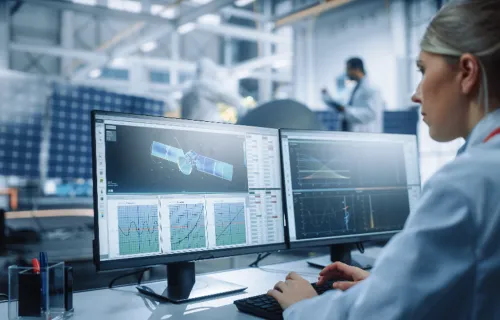Launching anything into space takes a lot of clever people and a lot of hard work. It took just under half a million people working on the Apollo missions to send man to the moon. Less than 10% of these people were directly employed by the National Aeronautics and Space Administration (NASA); the rest were a vast army of suppliers, contractors and subcontractors, all working together towards a shared goal.
Now, we were born the same decade man first walked on the moon so we can’t really claim a role in that mighty accomplishment. However, we are very proud of the role we’ve had in the space industry’s success ever since. Here, we’ll take you on a whirlwind history lesson on advances in space and our role in them.
1970s: “A journey of a thousand miles begins with a first step”
In the 1970s things really started to gather pace with yet more space “world firsts” being achieved, and various countries initiating their own space programmes. This was the decade that saw CGI’s initiation into the space industry with its first contract being awarded, for satellite navigation, in 1970 with European Space Research Organization (ESRO), the precursor of European Space Agency (ESA), and another in 1974 for mission control. The relationship with ESA continues to this day, with experts working alongside ESA and its contractors on spacecraft operations and ground control systems, and applying conventional information technologies (such as networking, cloud, or knowledge management) to the unique needs of space users.
1980s: “The building blocks for growth”
In the decade that Spain, Portugal and Greece joined the European Commission, the Berlin Wall came down, and 3 1/2 inch floppy disks were all the rave, the space industry kept up the momentum.
1990s: “To boldly go...”
Having covered over three decades of history already, it may surprise you that Hubble has still not been launched and we still don’t have the Global Positioning System (GPS) signal that is now in widespread use among military, civilian and aviation communities. These two achievements happened in the 1990s. In the case of GPS however, it was still only accurate to about 40 metres for civilians until the turn of the century.
2000s: “Helping make space more secure”
In Europe, the start of the new millennia also marked the start of the Galileo programme. After a politically stormy outset, the first two satellites – Giove-A and Giove-B – were launched in 2005 and 2008 respectively to provide in-orbit validation.
Today: “Continuously adding value to space”
Today, CGI’s space business is based across nine different countries and with operations in 42 countries in total. We can provide the right people at the right place at the right time to deliver technology for space programmes efficiently and effectively.




